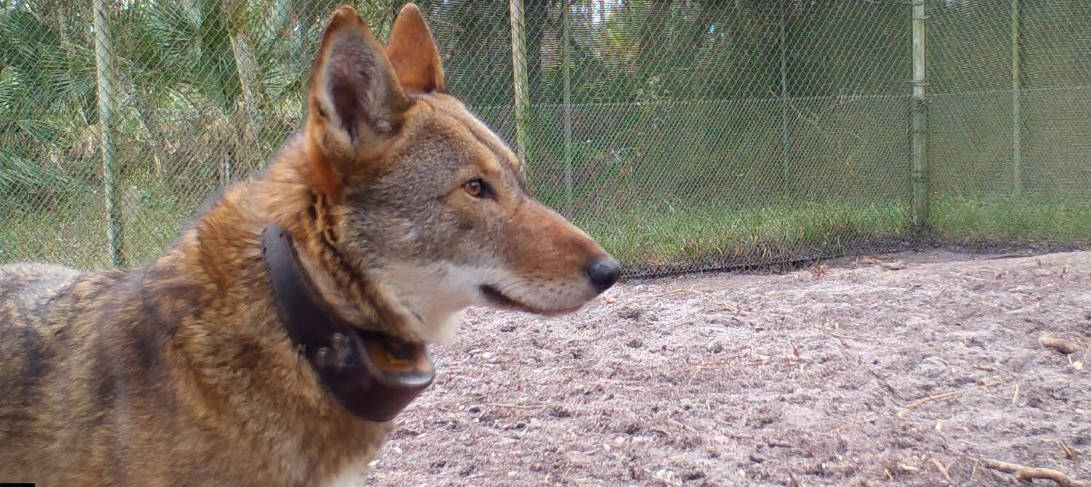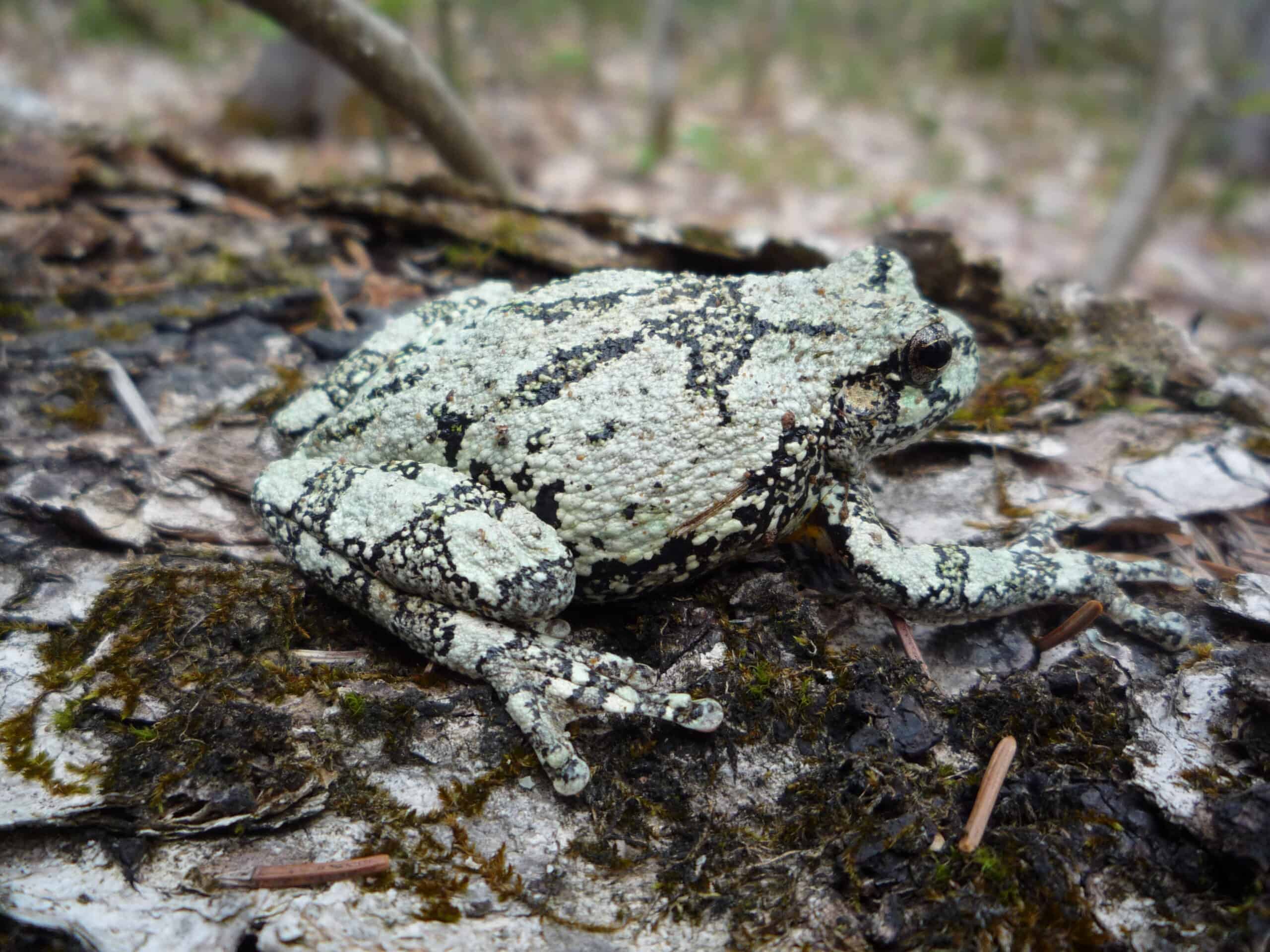Share this article
USFWS and partners recover wandering red wolf
A red wolf swam away from an island wildlife refuge in Florida in April and turned up several miles away on the mainland three days later.
The four-year-old male wolf was part of a propagation program on the St. Vincent National Wildlife Refuge, which occupies a small island off the Gulf Coast about 50 miles southeast of Panama City. Recently introduced to the island, it did not acclimate well to its mate.
The last detection of its VHF radiotelemetry collar on the refuge was on April 16. On April 19, its signal appeared on the Cape San Blas peninsula, a narrow strip of land to the west connected to mainland Florida.
The refuge is part of the Red Wolf Recovery Program, an effort by the U.S. Fish and Wildlife Service to recover the critically endangered red wolf (Canis rufus). The USFWS implemented the St. Vincent National Wildlife Refuge as an island propagation site for red wolves in 1990. The site maintains a wild breeding pair of red wolves to propagate pups in a natural — but somewhat controlled — environment. After having experience in the wild, juveniles raised there can be translocated to North Carolina, where the Service oversees a nonessential experimental population of red wolves.
After refuge staff located the wolf on Cape San Blas, Assistant Refuge Manager John Stark led a team comprised of staff from the refuge, the Florida Department of Environmental Protection and other partners in tracking, capturing and returning the wolf to the refuge on April 24. The USFWS plans to send it to a captive facility in Alexandria, Louisiana, part of the Red Wolf Species Survival Plan program.
Wildlife Services-Florida District Supervisor Richard Hinnah advised the team about securing access to private property, provided bait to attract the wolf and helped with other tasks. USFWS staff recognized Hinnah, a Certified Wildlife Biologist, and his efforts in Wildlife Services’ support for the Red Wolf Recovery Program. Among other operations on the refuge, Wildlife Services district specialists have removed all feral swine (Sus scrofa), resulting in reduced environmental damage to the island.
Header Image: After swimming from the island to the Florida mainland, a red wolf was captured and transported back to the St. Vincent National Wildlife Refuge. Credit: USFWS







